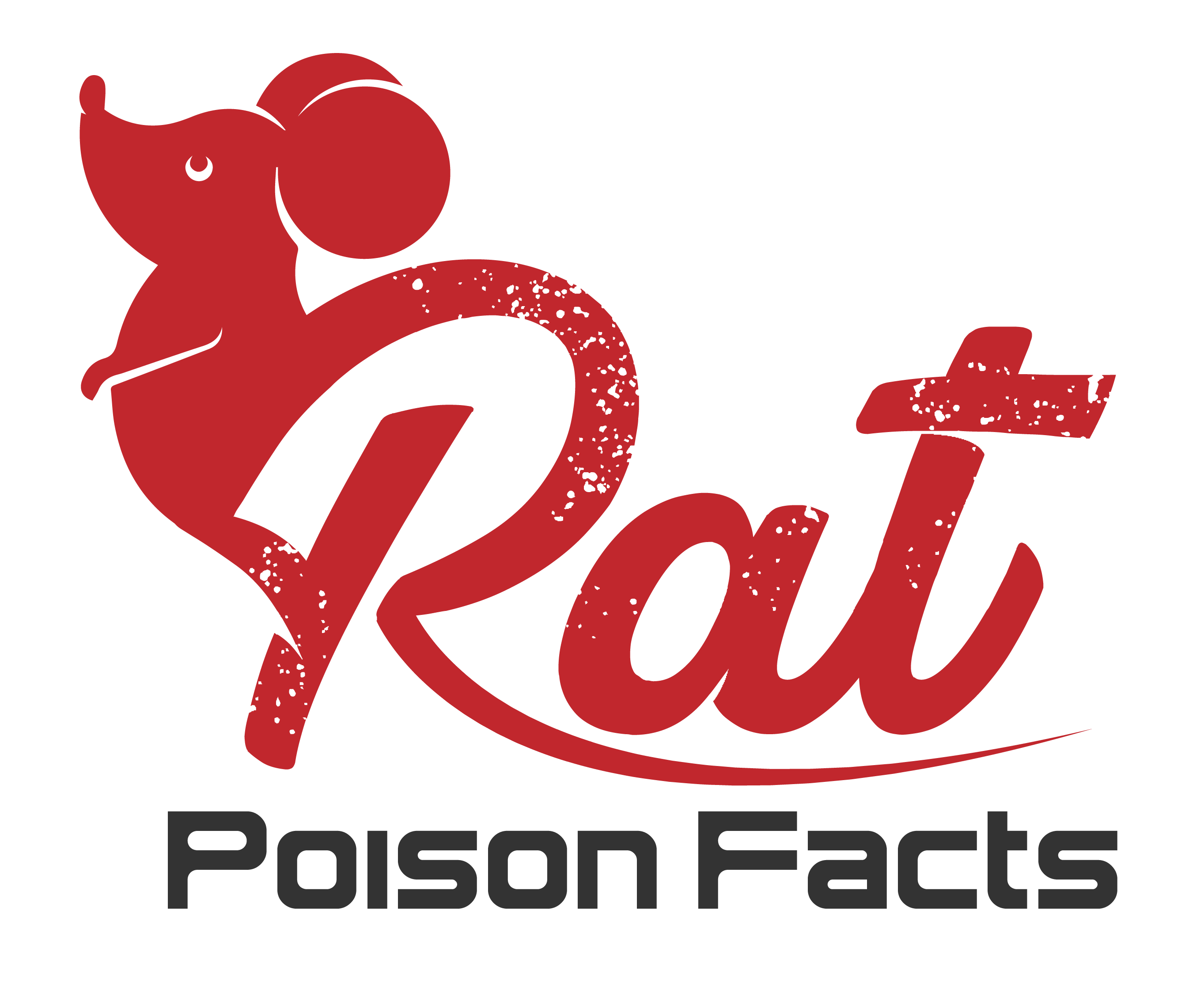
Using rodent baits or other types of rodenticide can have more implications than the average person is aware of. There is a major risk of secondary poisoning any time that you use poison to control wildlife, including rodents. This can lead to unintended consequences where other wildlife become sick or even die to your choice of poison.
Understanding Secondary Poisoning
Before you can understand the risks of secondary poisoning to wildlife, you must understand what secondary poisoning is. Essentially, secondary poisoning refers to an animal that becomes poisoned because it eats a poisoned animal.
Primary Poisoning is a Risk as Well
Primary poisoning is when the animal directly consumes the bait or rodenticide. Wildlife may suffer from primary poisoning even if they are not the intended target of the poison. This is the most common way by which a non-target wildlife animal or a pet will be poisoned from a rodenticide or other poison.
It can occur if the poison is not placed in a secure area and other animals can access it. It can also happen if a homeowner throws out leftover poison and an animal gets into the trash.
How Secondary Poisoning Works
As mentioned, secondary poisoning works if an animal consumes the poisoned animal. Depending on the poison used, the secondary poisoning victim may need to consume the entire animal. This is the case for the anticoagulants commonly found in rodenticides, including bromadialone, diphacinone, difethialone, and brodifacoum.
The secondary poisoning victim would have to eat the poisoned animal’s liver for secondary poisoning to occur.
What Affects Whether Secondary Poisoning Occurs
There are many factors that affect whether the secondary poisoning will occur, as well as whether the poisoned wildlife will just get sick or actually die. Factors include:
It is more likely for secondary poisoning to occur if an animal repeatedly consumes poisoned animals over the course of a few days or more.
Secondary Ingestion Also Affects Wildlife
Another consequence of using rodenticides that homeowners should be aware of is secondary ingestion. This occurs if an animal consumes the dead animal that has not finished digesting the poison. In this case, the dead animal would still have some undigested poison in its mouth or gut. This is a different situation, because the animal in question, such as a dog or wildlife scavenger, will be eating the poison directly, along with the dead animal.
Secondary ingestion is a greater concern with rats compared to mice. That is because most mice will only ingest as much as four grams of bait while adult rats can consume as much as 30 grams.
It’s Hard to Distinguish Between Secondary Poisoning and Secondary Ingestion
Any expert will tell you that in most cases, you are unlikely to be able to tell the difference between secondary poisoning and secondary ingestion. All you will be able to tell is that an unintended animal consumed the poisoned rodent. Because of this, most people will just lump the two types of poison consuming together.
Secondary Poisoning Will Rarely Affect Pets, But it Can
It is certainly possible for your pet dog or cat to experience secondary poisoning from eating a poisoned rodent, but it is unlikely for this to be an issue. First, most pets are well-fed so they will not feel the need to eat enough of the poisoned rodents to experience the effects. Second, most dogs and cats would need to consume a large amount of the anticoagulant or other active ingredient in order to face negative consequences. They are unlikely to eat enough poisoned rodents to achieve this.
There are two important caveats. If your pet has regular access to poisoned rodents, the amount of these coagulants could build up over time, leading to poisoning. So, if you have a severe infestation and need to leave out a lot of poison for an extended time, be extra careful. The other thing to remember is that primary poisoning is still a very serious risk, especially if you place the poison within reach of your pets.
Secondary Poisoning Is More Likely with Hungry Wildlife
While pets are unlikely to eat enough of the poisoned rodents to risk secondary poisoning, except in the case of extreme infestations, wildlife are another matter entirely. Wildlife do not get guaranteed food each day, instead hunting and scavenging their meals. As such, a dead rodent would be an attractive meal to wildlife, increasing the chances that they will consume larger quantities in a short period of time. This can also be the case in certain situations with free-ranging animals, like cats that you let explore outside or in some farms and zoos.
How to Minimize the Secondary Poisoning Risk to Wildlife

There are two main choices when it comes to avoiding secondary poisoning risk to wildlife. You could try to find a rodenticide that has lower toxicity, such as a corn-based product, as this will reduce the risk of secondary poisoning affecting wildlife if they consume a poisoned rodent.
Alternatively, you could ensure that you regularly check for and dispose of the dead animals. Regardless of whether you do the previous solution, you should make it a point to clean up the dead rodents quickly. Either incinerate or bury the dead rodents, as even if you double bag them, a wild animal can easily rifle through your trash to find them.
Avoid Primary Poisoning Risks as Well
Do not forget to also take steps to avoid primary poisoning of wildlife and pets any time you use a rodenticide or other poison. Make sure that the poison you choose is out of reach of your pets and any animals that are not the intended rodent targets.
Your wildlife expert can help you figure out which rodenticide to use to take care of your rodent problem and help you take steps to reduce the risk of primary and secondary poisoning to wildlife and pets.

